Earth’s lithosphere is made up of seven large tectonic plates and a number of smaller ones. The theory of plate tectonics that describes how these plates move is about 50 years old. But there’s never really been an understanding of how this system developed, and how the Earth’s shell split into separate plates and started moving.
Now a group of researchers have a possible explanation.
In its early days, Earth was a molten ball, kept hot by frequent impacts with other bodies in the young, chaotic Solar System. Inevitably, it began to cool. Naturally, the exterior cooled first, forming a solid surface over the molten mantle. There’s some scientific consensus on this, showing that the crust was one monolithic piece initially, and that the mantle was at least a few hundred degrees hotter than today’s mantle.
The key question in this understanding of the Earth’s plates is: what caused the exterior to break apart into plates?
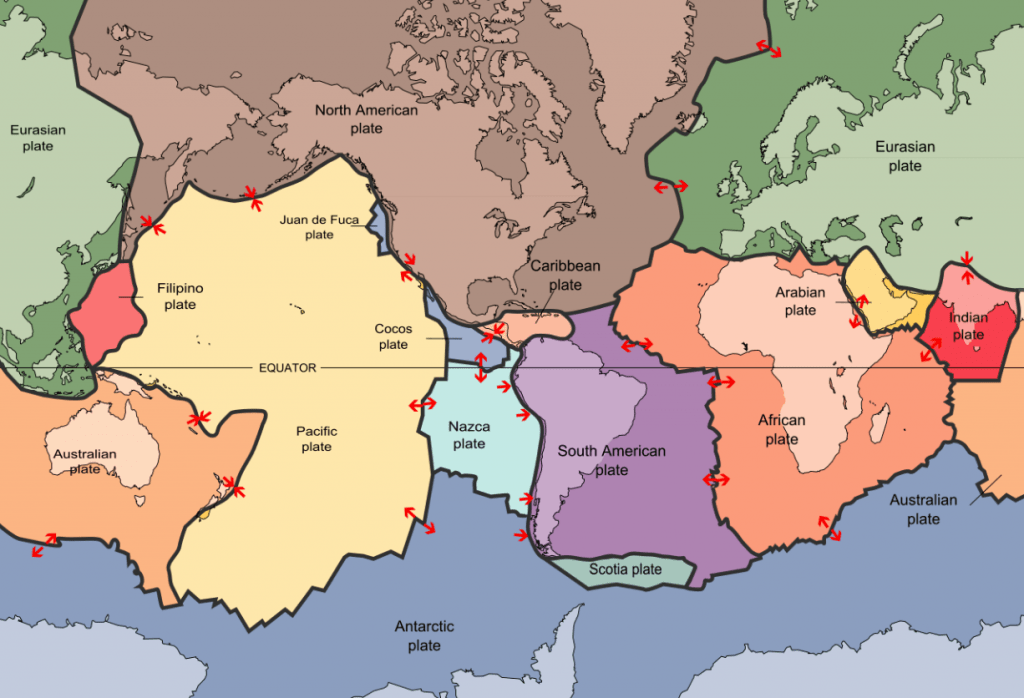
A team of researchers think they may have the answer. Their work is presented in a paper titled “Breaking Earth’s shell into a global plate network.” The corresponding author for the team is Dr. Alexander Webb of the Division of Earth and Planetary Science & Laboratory for Space Research at the University of Hong Kong. The first author is Professor Chunan Tang of the Dalian University of Technology. The new paper is published in the journal Nature Communications.
In this work, the researchers used mathematical simulations to try to get at the question. The team of researchers proposed that the Earth’s shell heated up again after solidifying, causing it to expand and fracture. Each of the simulations that the team employed tracked the stress and deformation that the thermally-expanding shell would undergo in different scenarios.
Earth’s radius is about 6371 km (3960 miles) and their work showed that the shell can withstand about 1 km (0.62 miles) of expansions before fracturing. Once it expands beyond 1 km, it starts to fracture, leading to the system of plates the Earth has now.
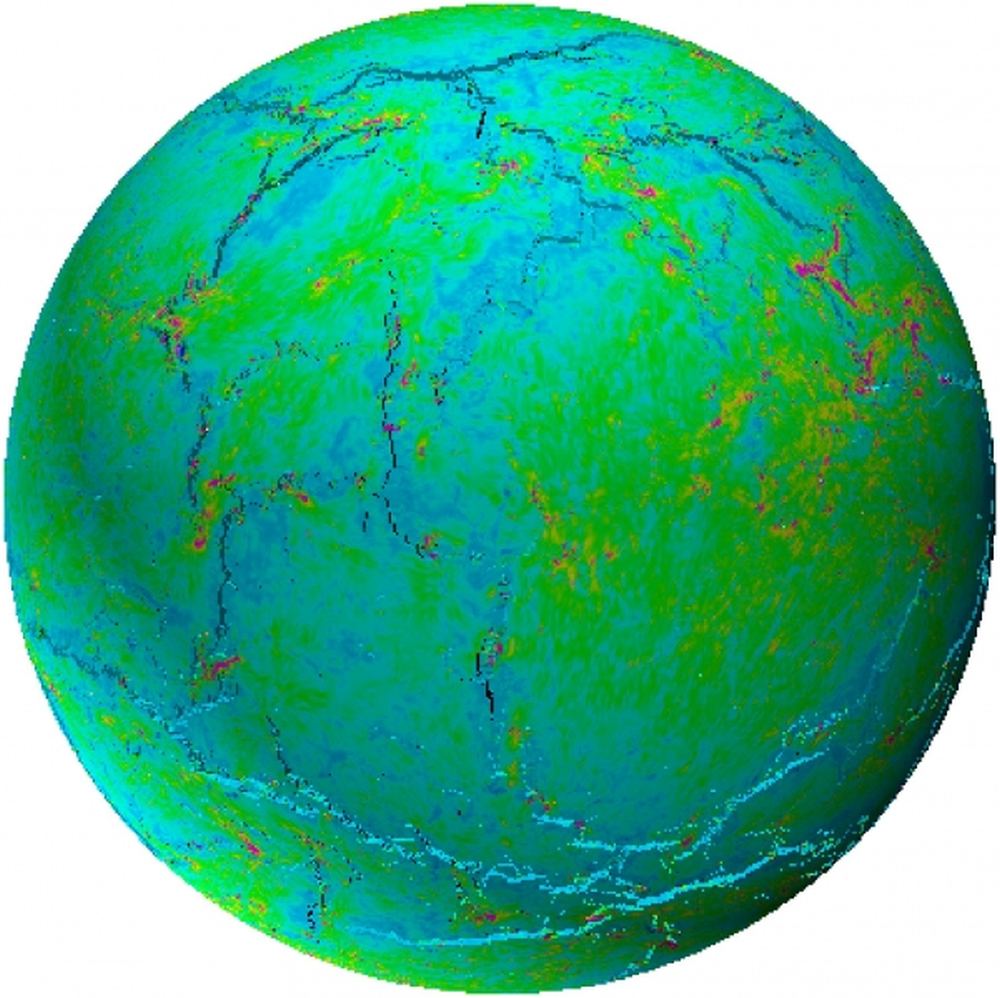
The results of their work don’t sound controversial; they sound obvious, even. Earth’s early shell warmed up again, and then cracked into a system of plates. But on the surface of it, it resembles other ideas that have been discredited. And some of those ideas were proposed by none other than Charles Darwin.
There’s a collision of ideas behind all this thinking and research, and it’s worth understanding.
In one way, the theory of plate tectonics unified our understanding of the plates. But prior to that, a variety of hypotheses were employed to explain the Earth’s activities and the distribution of continents and oceans. For example, Charles Darwin credited things like earthquakes, the growth of mountains, and the distribution of land masses to the expansion of the Earth. It seemed plausible on the surface of it, in Darwin’s day.
But in our era, we know that it’s the radioactive decay of elements in the Earth’s core that provides the heat. Over time, there’s less and less of those elements present due to that decay, meaning that process provides less and less heat over time. So what’s more likely: thermal expansion, or contraction? Why would the team behind this work be zeroing in on thermal expansion?
The answer is related to volcanoes.
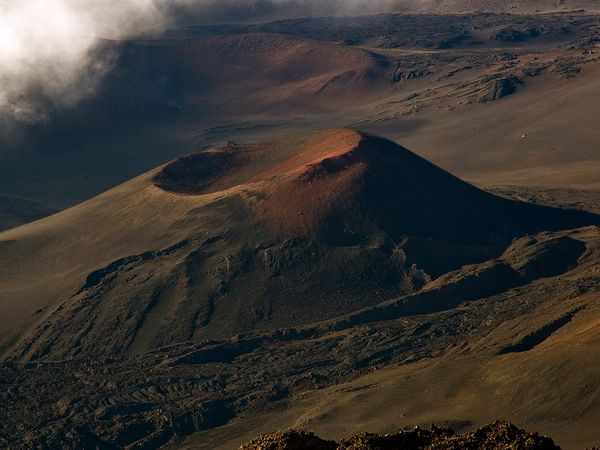
“The answer lies in consideration of major heat-loss mechanisms that could have occurred during Earth’s early periods,” Dr. Webb said in a press release. “If volcanic advection, carrying hot material from depth to the surface, was the major mode of early heat-loss, that changes everything.”
Earlier research from Dr. Webb and colleagues showed that enough volcanic activity could create a cooling effect on Earth’s shell, like a radiator blowing off steam. As the molten rock came to the surface through volcanic action, it would eventually cool and sink down again. As it sank, it would have cooled the Earth’s early lithosphere. And since the overall trajectory for Earth was one of cooling, both heat production due to radioactive decay and volcanism would decrease.
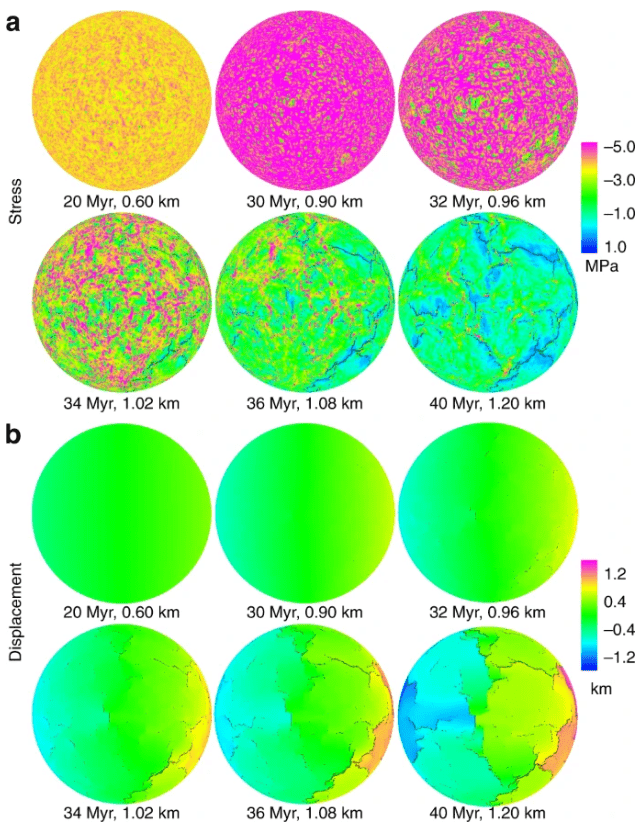
At that point, the sinking of the chilled lithosphere would’ve slowed too.
Then something else happens. Since the lithosphere is chilled and more solid, it traps convective heat from the core underneath it. That heat would’ve made the lithosphere begin to expand again, and the cracking would take place. Presto. Before we know it, we have tectonic plates.
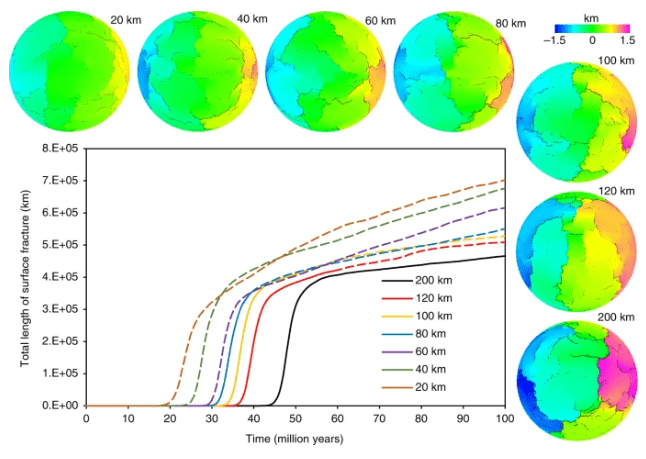
Have the researchers figured it out?
In the conclusion of their paper they write that “Our spherical shell models show how a tectonic plate system can evolve from shallow processes.” They also write that “…the onset of plate tectonics requires that radial expansion is large enough to induce horizontal stresses that overcome the strength of the lithosphere at some stage in the Archean.”
Who knows if this will be the last word on the initiation of Earth’s plate tectonics. But in any case, these results are very intriguing.
As for Webb and his colleagues, they’ll continue working. They intend to continue to develop theories to explain Earth’s geological processes.
“Together,” as the press release says, “these studies chip away at one of Earth and planetary science’s greatest remaining mysteries: how and why did Earth go from a molten ball to our plate tectonic planet?
How indeed.

Would be interesting to apply this model to Mars and see what the result are or indeed work out what size a planet has to be to ensure tectonics.